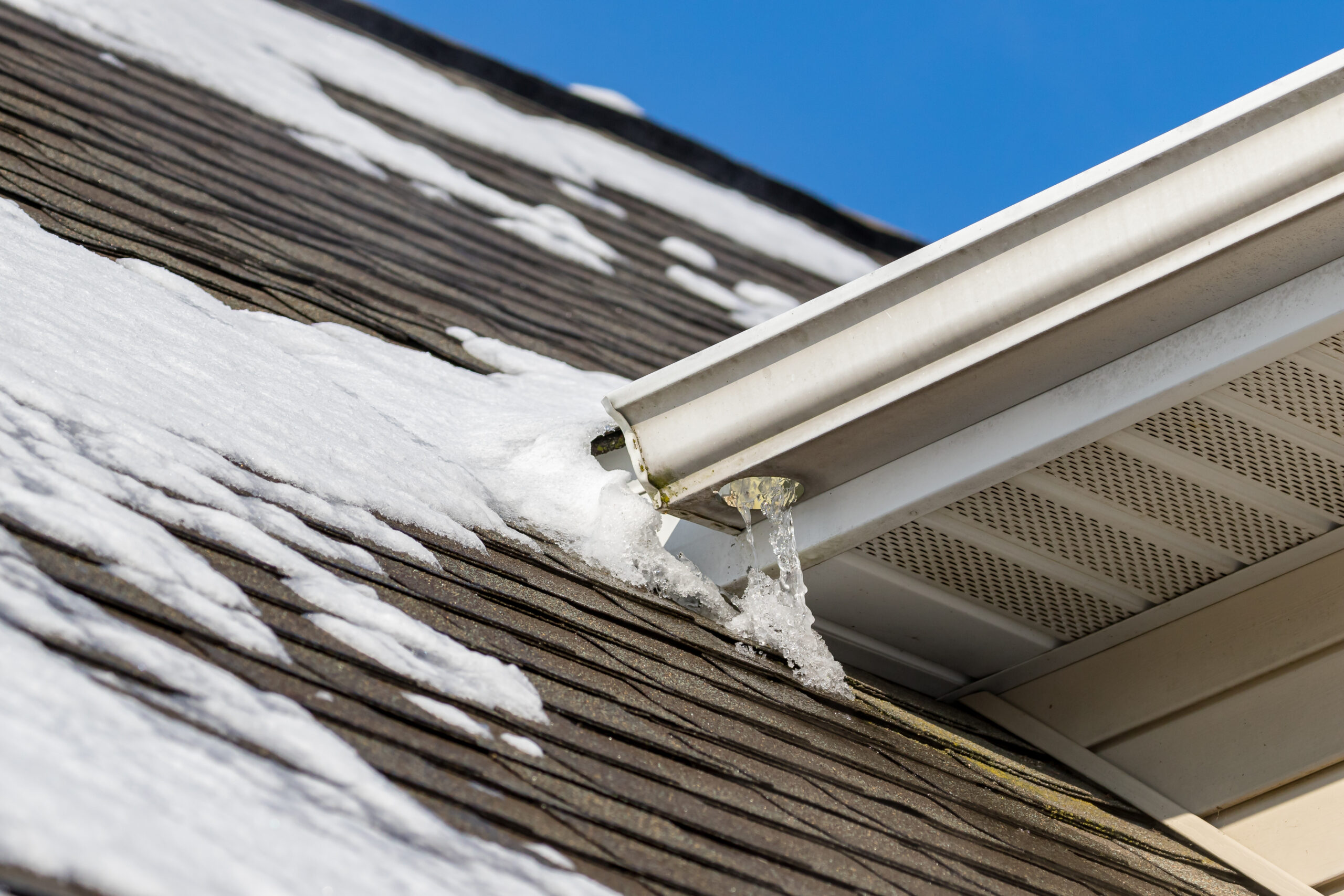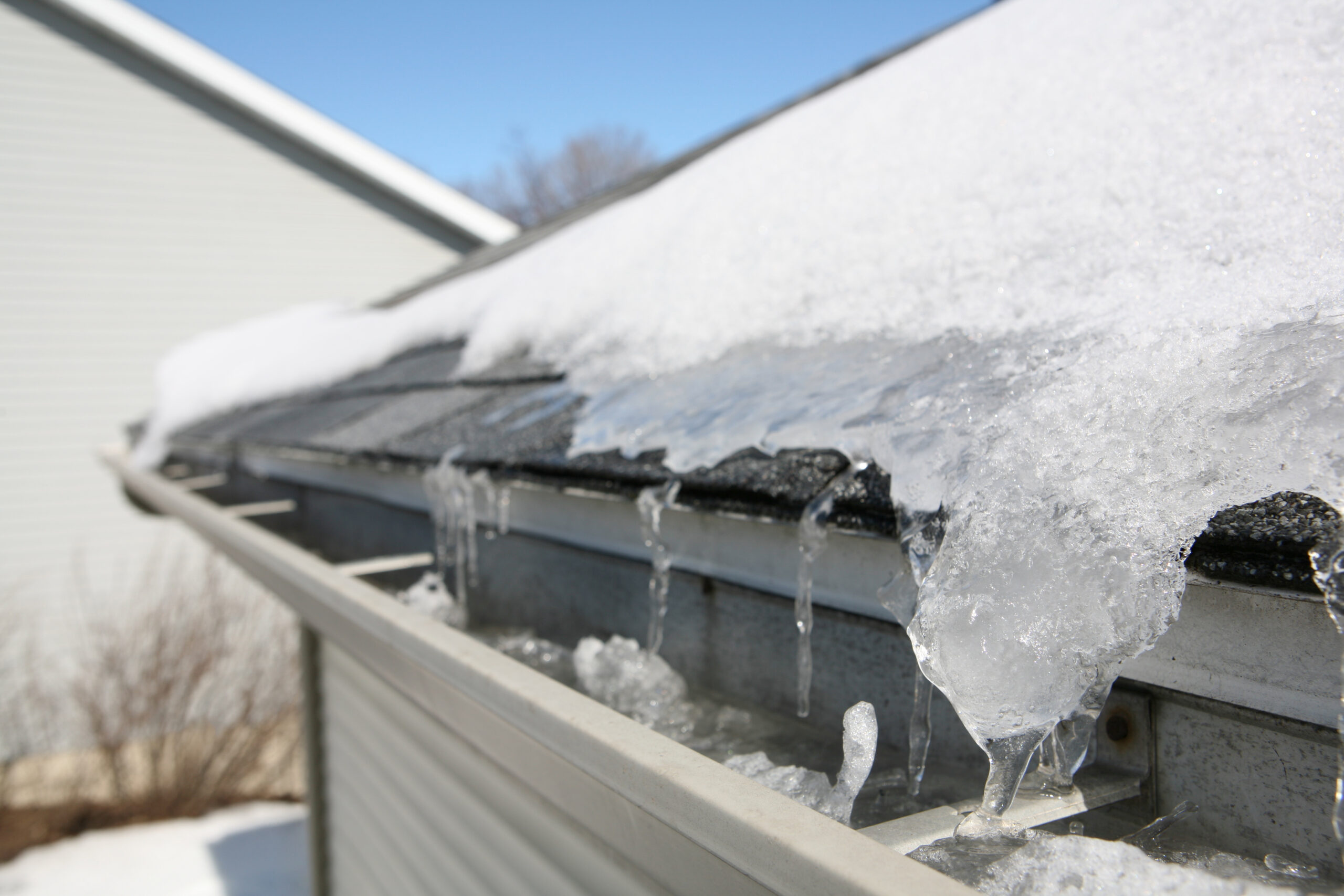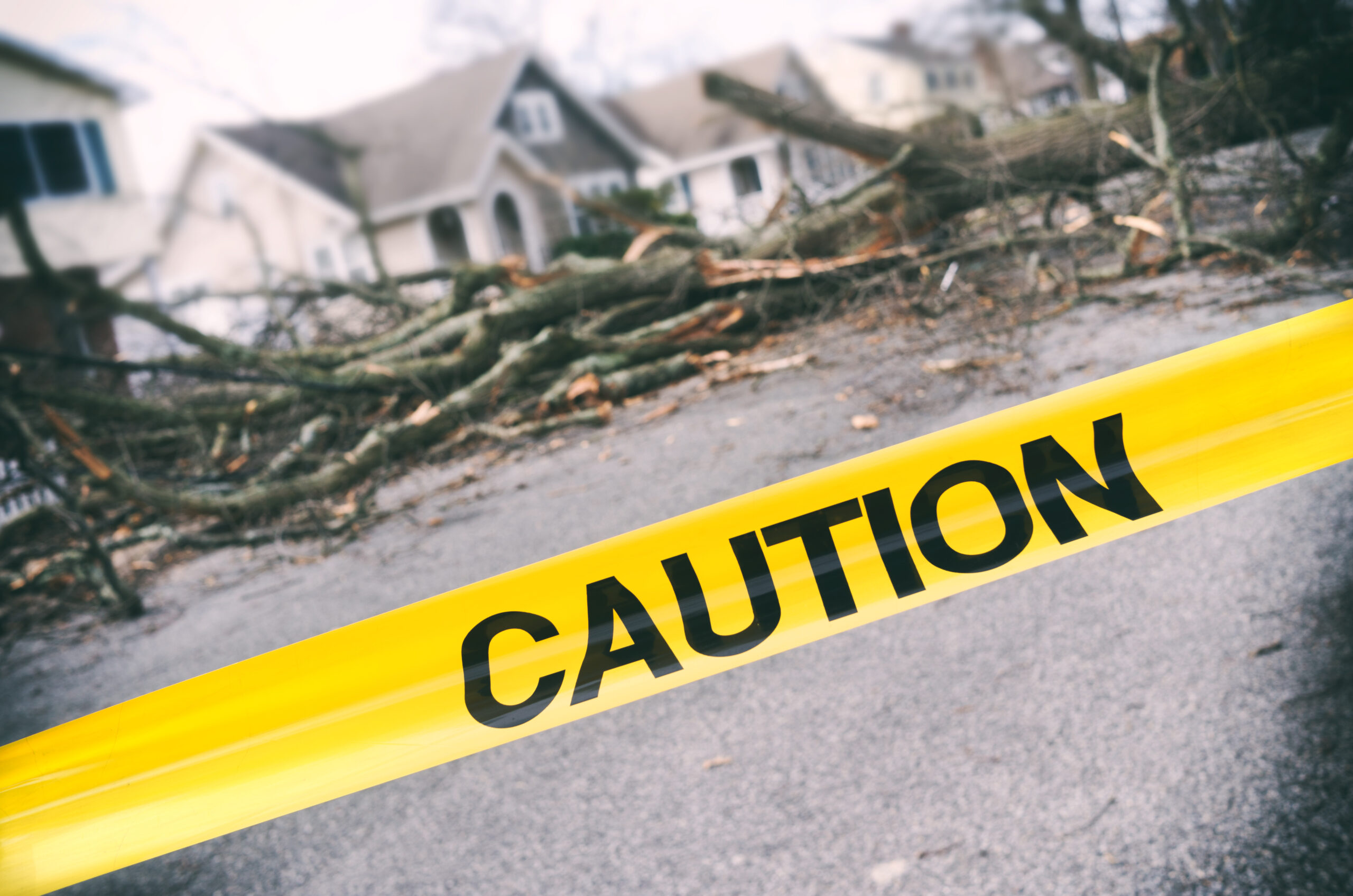How to Choose the Right Roofing Materials for Cold Climates
When it comes to deciding on roofing materials for your home, the climate in which you reside plays a crucial role in determining the longevity and efficiency of your roof. Here in the Twin Cities, our climate is usually cold with heavy snowfall and ice. Selecting the right roofing materials becomes paramount. A resilient roof not only protects your home from Mother Nature’s harsh winter elements but also contributes to energy efficiency and cost savings in the long run. Continue reading on our blog to learn how to choose the right roofing materials for cold climates. Insulation and Energy Efficiency Cold climates often come with increased energy bills due to the need for heating. Look for roofing materials that offer excellent insulation to keep your home warm during those chilly winter months. Materials with high thermal resistance, such as asphalt shingles and metal roofing, can help in maintaining a comfortable indoor temperature and reducing energy consumption. Snow Load Capacity The weight of accumulated snow can put a significant strain on your roof. Choose materials that have a high snow load capacity, such as metal or slate roofing. These materials are durable and can withstand the weight of heavy snow without compromising the structural integrity of the roof. Ice Dam Prevention Ice dams are […]
[+]



